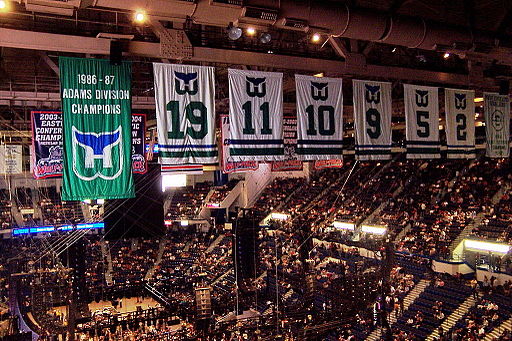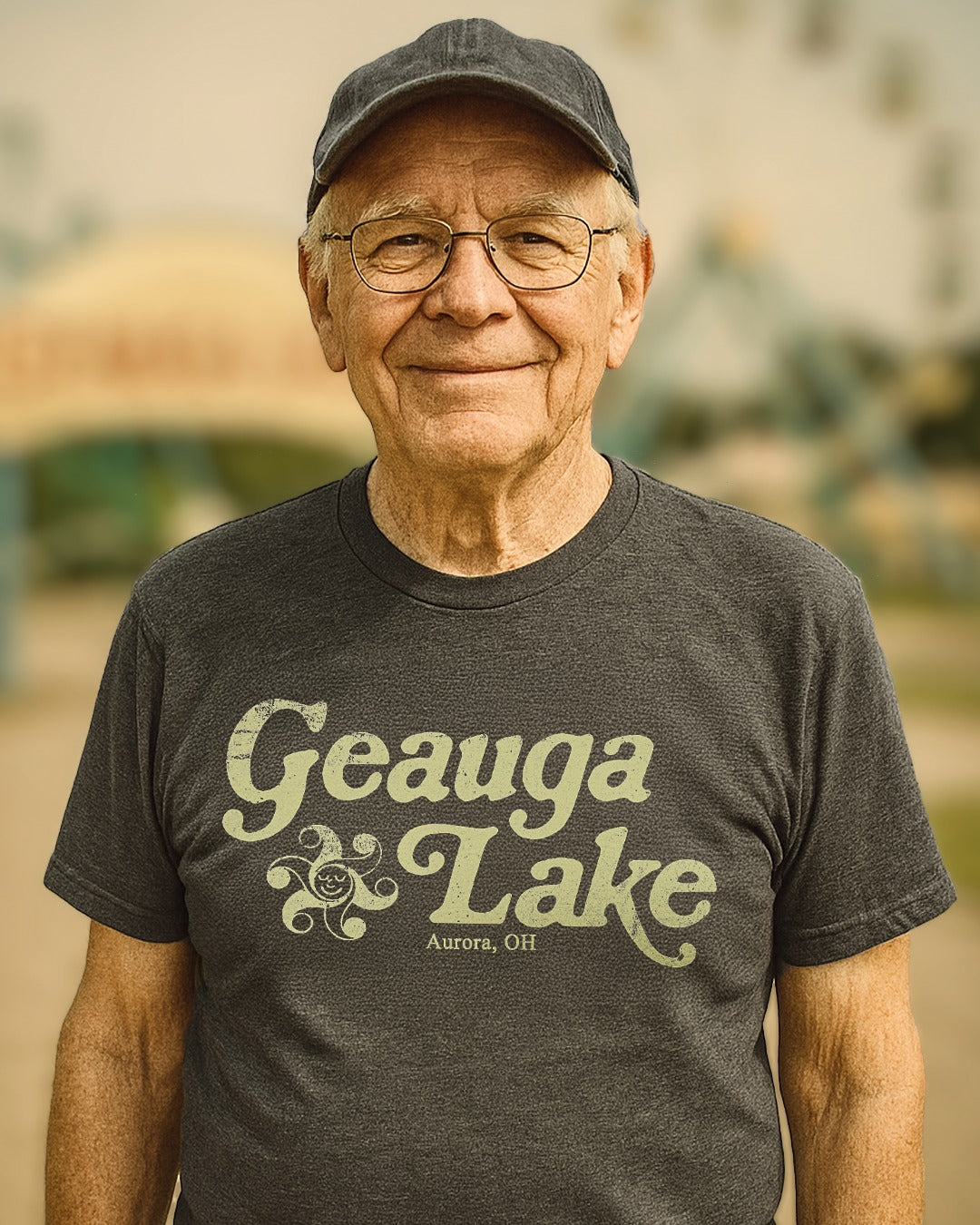Perhaps because of its success in other sports, Boston isn't immediately thought of as hockey country. The passion for the sport in the area runs deep, though, and not just because the weather favors it.
The Beginning
The sport was played professionally in neighboring New Hampshire as early as 1883, according to The New York Times. In 1924, the Boston Bruins became the first American team to join the National Hockey League, which previously had only consisted of teams from Canada. By 1927, the Bruins were playing for Lord Stanley’s Cup against the (old) Ottawa Senators. In 1929, they captured the championship over the New York Rangers. They won it again in 1941. They wouldn’t lift the trophy again until 1970.
The Bruins get really popular
It was during that run, though, the team was breaking attendance records. Led by stars Phil Esposito and Bobby Orr, the team was hugely popular. Indeed, since 1967, more and more fans were coming through the turnstiles at Boston Garden, and sellouts were the norm. With more hockey fans than seats, the club decided to place its American Hockey League affiliate in Boston starting with the 1971 season. At first, it seemed like a brilliant move.
The team, named the Braves in honor of the city’s former National League baseball team, drew well. While the Bruins continued to sell out the 14,000-plus-seat Boston Garden, the Braves drew over 11,000. They won the Eastern division and defeated the Providence Reds in the first round of the playoffs. They fell in the next round to the Nova Scotia Voyageurs. However, their single-game attendance records were tops in the AHL for years.
The more the merrier?
In the fall of 1972, the World Hockey Association (WHA) hit the ice as a major league competitor to the NHL. Boston was awarded a team that was named the New England Whalers, and they also played in Boston Garden. Some of the Whalers' games were played at Boston Arena. Despite having to share the bigger arena with two other hockey teams, as well as the NBA's Celtics, the Whalers drew well, largely because they were the best team in the league. In their first season, they finished first in the division and proceeded to capture the Avco World Cup, the WHA’s championship trophy.
While the Bruins winning ways continued, the Braves faced several hurdles. They lost several players as the NHL continued to expand into new cities. This was done, in part, to keep the WHA from moving into those cities. The Braves finished second in 1973 and again made it to the second round of the playoffs. The result was the same result as the previous season. They lost to Nova Scotia. Attendance, meanwhile, dropped by more than half. The Braves averaged 4,392 fans to the Whalers nearly 6,000.
This town ain't big enough after all
As the Whalers continued winning, the Braves fell apart and finished out of the playoffs in 1974. They drew only 1,300 fans per game that year, while the Whalers pulled in almost 8,000 fans a game. The Bruins suspended the Braves’ operation for the 1975-76 season, opting to partner with the Rochester Americans as their top farm team instead. The Bruins paid to keep the franchise alive, but dormant, in the AHL until 1987 when they sold it to the (original) Winnipeg Jets. They in turn, established their Moncton Hawks farm team.
That fall, the Whalers signed a deal that would see them relocate to Hartford, Connecticut. That city was building a state-of-the-art arena and wanted a permanent tenant. While the arena was being completed, the Whalers played their home games in Springfield, Mass. For the 1975-76 season, Boston was back to having one pro hockey team.
Still winning, but not drawing
Oddly, the Bruins' attendance fell to around 11,000 fans a game that season, even though they finished first in their division and made it to the Stanley Cup Finals. The Whalers continued to succeed on the ice in Hartford and did well at the gate in one of North America’s smallest sports markets. They joined the NHL in 1979 when the older league absorbed four WHA teams, including the Whalers, who changed their geographic designation to Hartford.
In 1997, the Whalers moved to Raleigh, North Carolina, and became the Carolina Hurricanes.
Photo: New England/Hartford Whalers displayed in the Harford Civic Center, now XL Center. (Wasted Time R via Wiki Commons Media)


